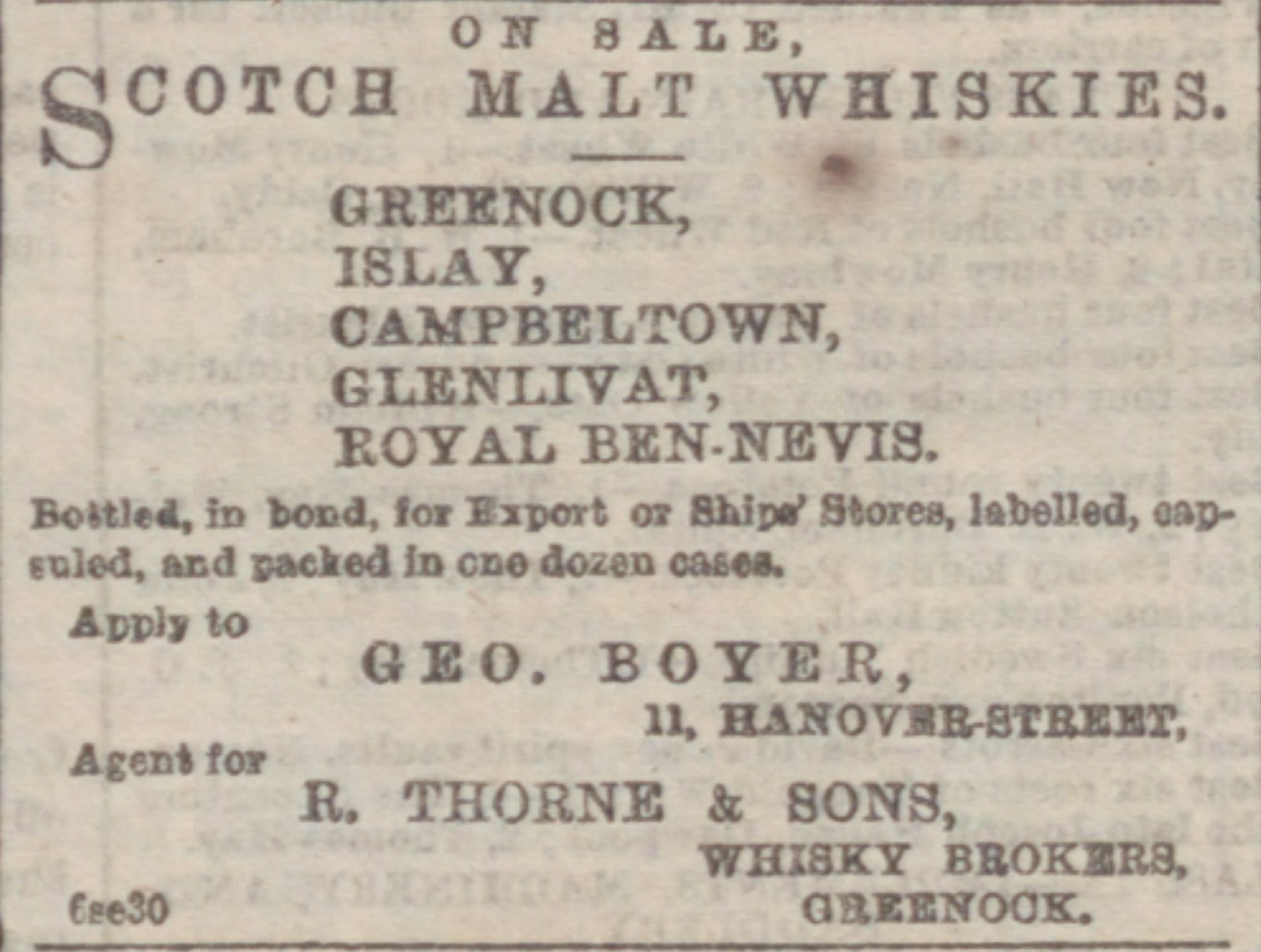
What connects “bottled in bond”, a term we tend to associate with American whiskeys, to English investments? Let me explain…
I am so VERY curious about the history of American whiskey I LOVE connecting dots…And I always love being led down rabbit holes that seem to never end. The latest seemingly different dots that I have finally found a connection for are bottled in bond and English investments in Kentucky. Years ago, I found a random article about how English syndicates were buying up Kentucky distilleries in 1892. I clipped the article and set it aside- putting it into my return-to-later potpourri file😊 Then I discovered that it was actually the English that coined the term “bottled in bond”! Newspapers from Europe and Canada were advertising brandies, scotch, and Irish whiskeys as “bottled in bond” as far back as the early 1800s- long before the term EVER appeared in the American whiskey lexicon. So, it made perfect sense that the English influence on the KY distilleries they were purchasing would adopt the term “bottled in bond.” I just didn’t realize how incredibly huge this whiskey connection was in terms of the international economy.

England in 1890 had just seen the biggest banking crisis in their history- the Barings Crisis- where the largest of England’s banks needed to be bailed out. It seems our own modern American bank bailouts were based on this historic event. English wealth was looking for solid investments in America (as well as other countries, but I’m tunnel visioned😊) They were buying up everything that held value from gold reserves to breweries to steamship companies. Articles were written by English investors in American papers defending these purchases. They were receiving LOTS of pushback from Irish owned companies in America- go figure! A representative of the English syndicates in the US, Edward Crewsdon, Jr., was quoted in Tonganoxie Mirror in February 1890;
“It is hard for me to understand why American newspapers and people heap abuse on English syndicates…This country is new and it needs money. England has lots of money which it is willing to use in this country at terms advantageous to Americans. The American people are the gainers in every transaction that has been made by English syndicates, but they don’t seem to know it. In every newspaper I read I see articles classing the English syndicate with the American trust. They are as different as two things could be. The trust centralizes wealth and hurts the people, but the syndicate scatters wealth and helps the people. The English syndicates, or companies, make it their business to scatter wealth.”
Now, I’ve been mansplained to. I’ve been fed propaganda. And I’ve certainly been lied to plenty of times! But I’ve never read an Englishman proposing trickle down theory to a Kansan before. This made me GASP out loud!
By 1891, over 200 million dollars of investments from English syndicates had poured into the US. And in 1892, that money was coming to Kentucky. Whether Mr.Crewsdon, Jr. believed it to be true or not in 1890, that money was being funneled into trusts and restructured trusts. The Whiskey Trust was named in newspapers as being the investor buying up all those KY distilleries in the 1890s. Which means that the money was going directly into investing in the formation of trusts. I guess it shouldn’t be surprising that any mentions of English syndicates in connection to American distilleries begin to disappear from newspapers and replaced with articles describing the formations of combines. This was not just a distillery thing- combines were being formed everywhere large-scale English investments had taken place. Wool, pork, flour mills, breweries- you name it- combines were being formed in the late 1890s. In the whiskey world, the most notable combine formed was the “Bourbon Combine” created in Kentucky. It was made up of 90% of Ky’s distilleries. That combine would become the Kentucky Distilleries and Warehouse Company, a subsidiary of the American Spirits Manufacturing Company (aka the newly formed “Whiskey Trust”). Attempts at forming a “Rye Combine” made up of Pennsylvania and Maryland distilleries was not successful and had to be abandoned. Now this is entirely speculation, but perhaps it was due to the large number of Scots Irish influence on the distillers up here?
Phew! I can’t wait to learn more about this! Check out the list of companies bought up by the English syndicates between 1888 and Jan 1890!


